On July 17, a 6-year old girl was raped in an upscale private school in Bangalore, one of the premier cities of India. Reports of horrific sexual assaults and the very recent rapes and murders by hanging of two teen girls in Badaun still haunt Utter Pradesh. The statements issued by chief ministers in response to the rapes were also revealing of a general attitude of apathy and misplaced tolerance: “Boys will make mistakes.” When it comes to girls and their safety, what is communicated is that there are more important issues to deal with and these situations should not garner so much attention. “Is there no other news?” the chief minister of Karnataka snapped at the reporter when he was asked to comment on the shocking rape of the 6 year old.
These cases of sexual violence and abuse are but a few instances of a deeper malaise known to afflict the entirety of India deeply.
In 2007, the Ministry of Women and Child Development, with the help of UNICEF, Save the Children and Delhi-based organization Prayas, reported that two out of three Indian children face physical abuse and more than half face sexual abuse in some form. Children in institutional care reported the highest incidence of sexual abuse and assault. The Asian Center for Human Rights found that child rapes had increased by 337 percent over 10 years, increasing from 2,113 incidences in 2001 to 7,112 in 2011.
India is also home to one-third of the 10 million child brides in the world. When girls are forced to marry at 14 years and younger, they are physically, economically and sexually bound to strangers they have never seen. They have no voice or say in the matter, no negotiating power, and no rights of refusal or choice in their sexual relations with their new husband. Is this not also the definition of rape? According to the United Nations Population Fund, more than two-thirds of married women between 15 and 49 years have been beaten and forced to provide sex. The law protecting children from sex abuse was only recently enacted in 2012 with criminal domestic violence laws only enacted in 2005.
Not only are women and girls unsafe at home, but their vulnerability extends to learning environments. India has 3.8 million girls still out of school, and unsafe and ill-equipped school environments are a further deterrent for parents to send their girls to school. According to India’s 2011 census, 53 percent of households and 11 percent of schools had no toilets. This is a significant safety hazard for girls and women and gives them no other choice but to expose and relieve themselves in unsafe and public places. What is the government of India doing to address this problem?
The current administration has made some positive moves by announcing a Beti Bachao Beti Padhao campaign—the Save Daughters, Educate Daughters campaign. Coupling girls’ safety and their education is both insightful and intelligent, provided there is a deeper realization of what this entails. The interim budget has allocated 100 crore rupees (1 billion rupees) specifically for this campaign, and another 50 crore rupees will go toward women’s safety in public transport and 150 crore rupees toward women’s safety in large cities.
Though the intentions are laudable, it has been pointed out by some that while 1 billion rupees have been allocated to women’s safety, twice that amount was allocated to the construction of a statue for Sardar Patel, a statesman and freedom fighter. This contrast speaks volumes of the actual importance given to girls and women by the government.
While girls’ education has received some attention as a result of global advocacy, a wider view of education is needed and should undoubtedly include the physical, social and political circumstances in which girls are living. Several steps need to be taken in order to give concrete shape to the Beti Bachao Beti Padhao campaign and educators in India have an important role to play.
First, education should include gender studies in the core curriculum of schools so that students examine gendered social norms critically and learn to develop egalitarian constructions of masculinity and femininity. Boys and young men must be educated in schools to value and respect women and girls, take responsibility for the increasing violence against girls, and respect girls’ rights to their own bodies. Girls must be empowered by their education to speak up when they are abused, protest unwanted advances and protect themselves, and to demand their right to bodily integrity and respect in and outside of their homes. Educators must address communities and teach them to value their daughters for more than the sexual, domestic and reproductive labor they provide.
Next, immediate action must be taken to provide the infrastructure required to ensure the safety of girls and women on the streets, in schools and other institutions. This means adequate and separate toilets in schools and elsewhere. To his credit, Prime Minister Narendra Modi addressed the issue of women’s safety specifically in his address to the Nation on August 15th, India’s Independence day. He urged parents to focus on the upbringing of their sons, promised separate toilets for girls in all schools, and urged big corporations to direct their social responsibility funds to this end. Within a week two large corporations, Tata Consultancy Services and Bharti Enterprises, responded with contributions of 1 billion rupees each.
Lastly, civil society must keep up the pressure on the government so that crimes against girls and women are taken seriously. The police, judiciary and administration must take stern and expeditious actions when girls are violated anywhere—at home, in school, or on the streets. In addition to improved policing of these situations from law enforcement in general, increasing the number of women as police officers, bus drivers, and civil servants would also make a difference in ensuring equitable treatment is provided for many generations of girls to come.
The Brookings Institution is committed to quality, independence, and impact.
We are supported by a diverse array of funders. In line with our values and policies, each Brookings publication represents the sole views of its author(s).

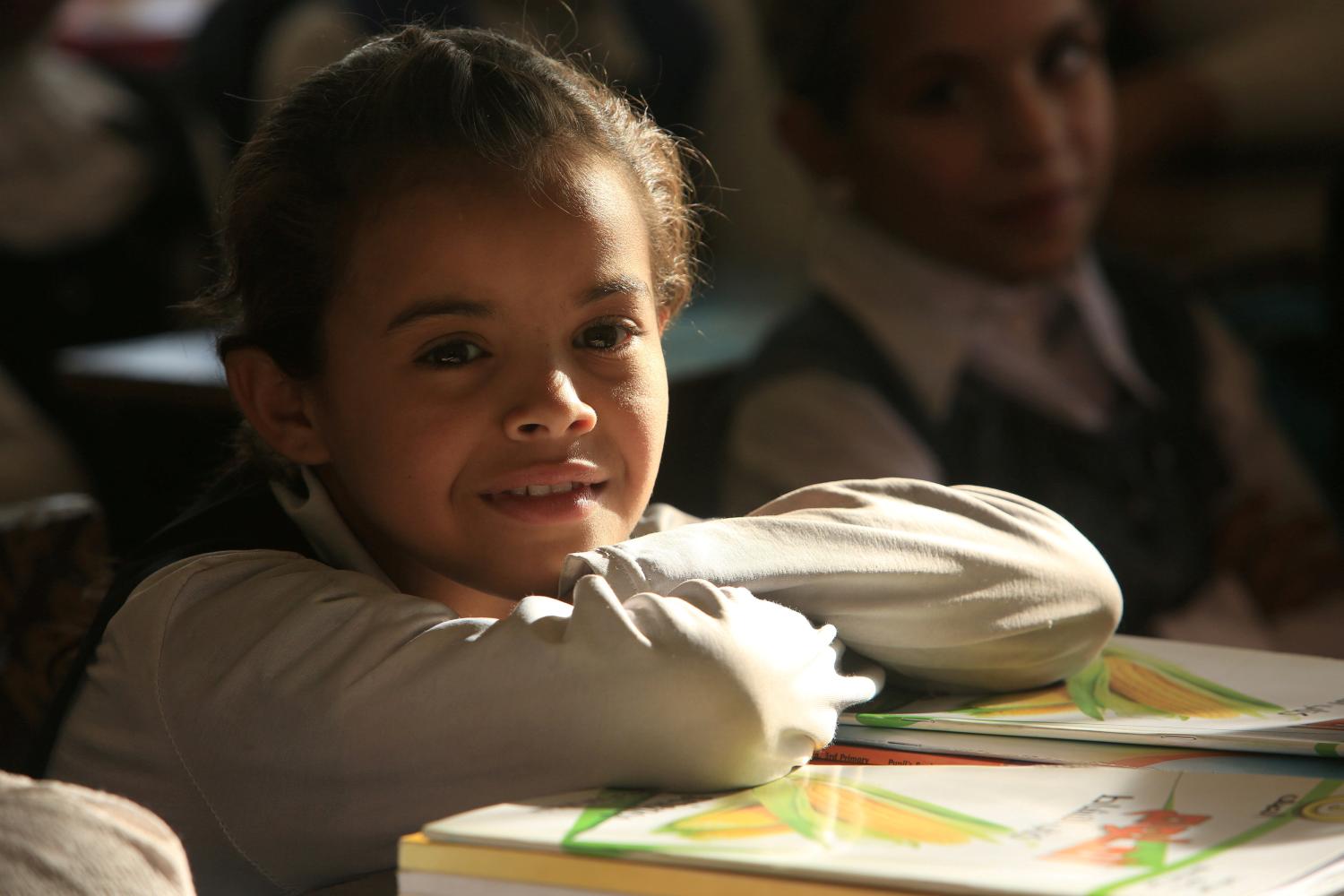
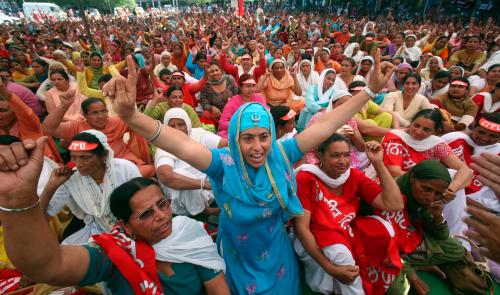
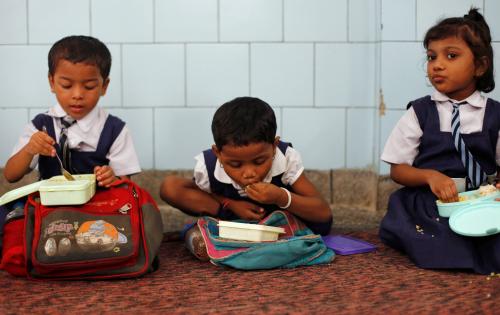
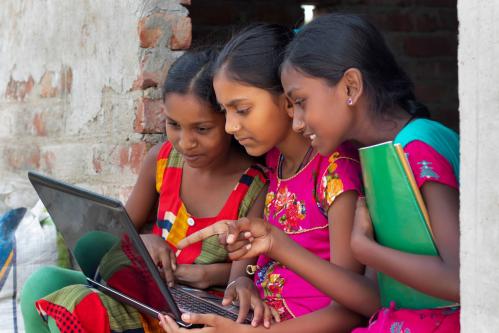
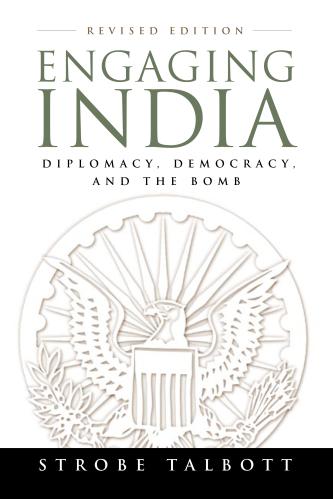
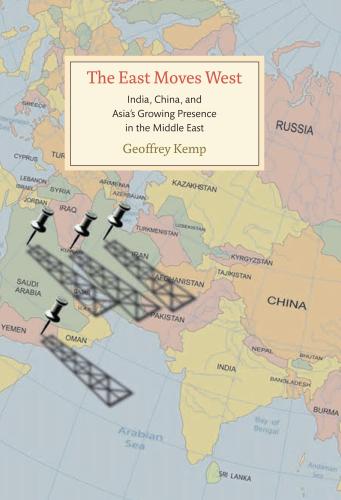



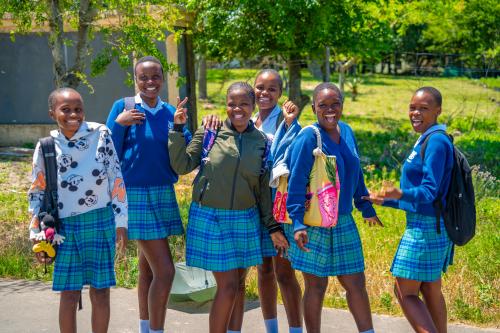
Commentary
Improving Girls’ Education and Status in India with Beti Bachao, Beti Padhao (Save Daughters, Educate Daughters)
August 25, 2014